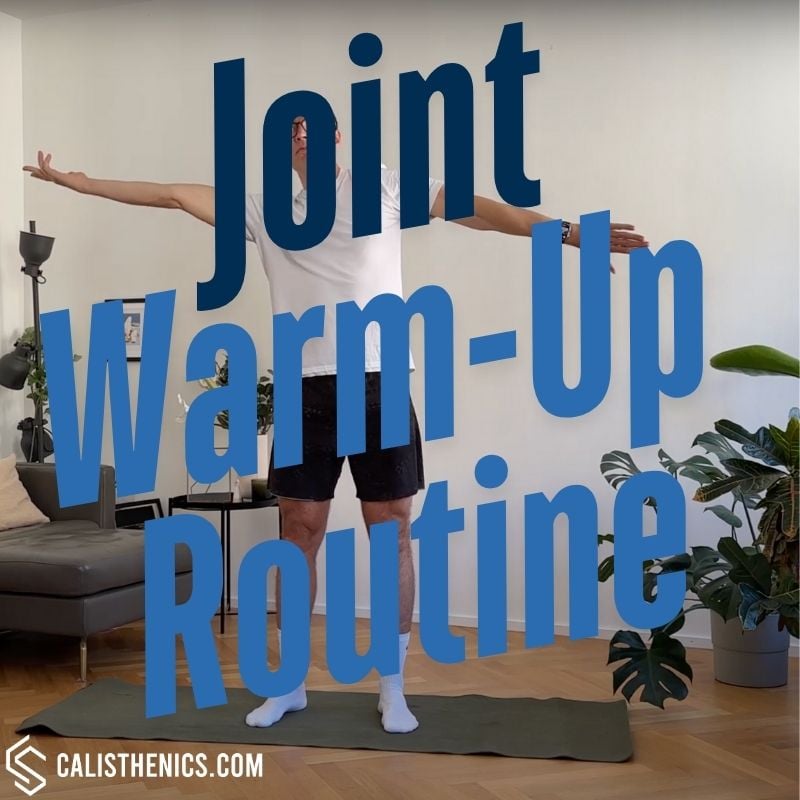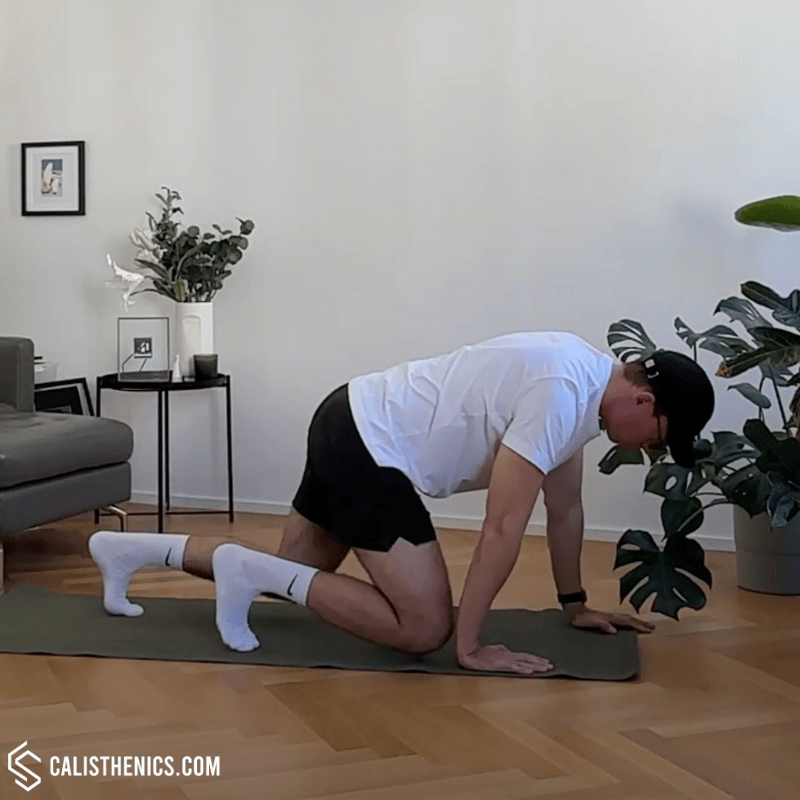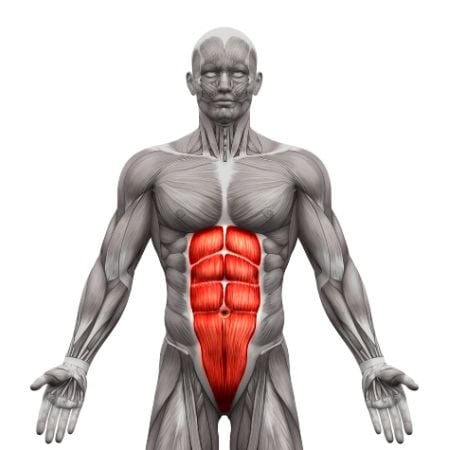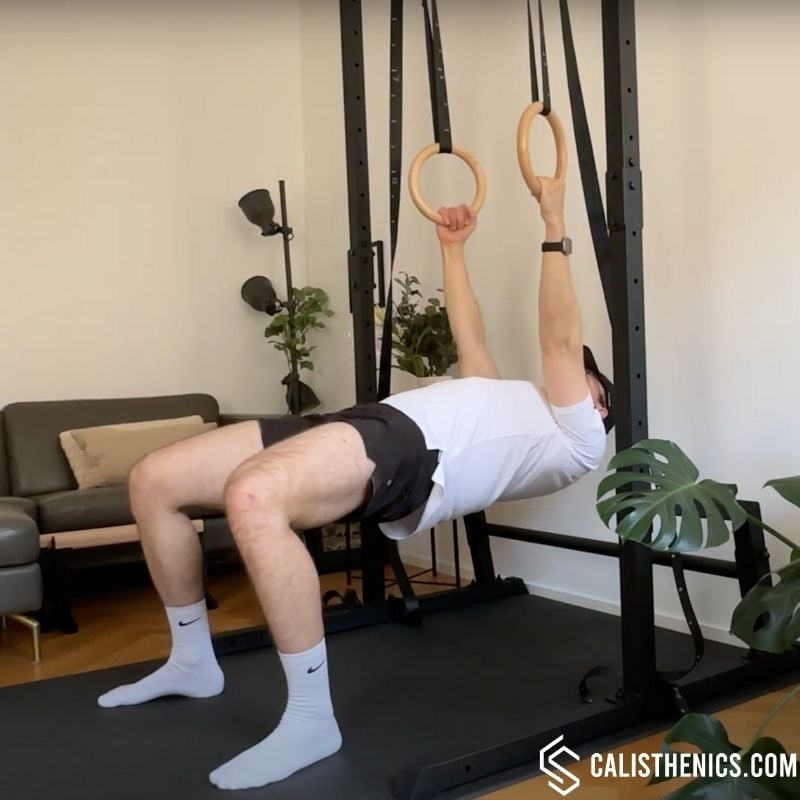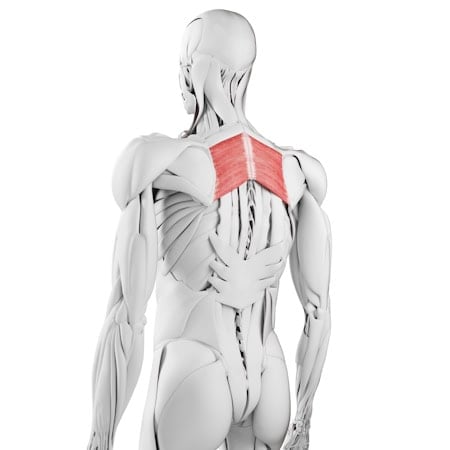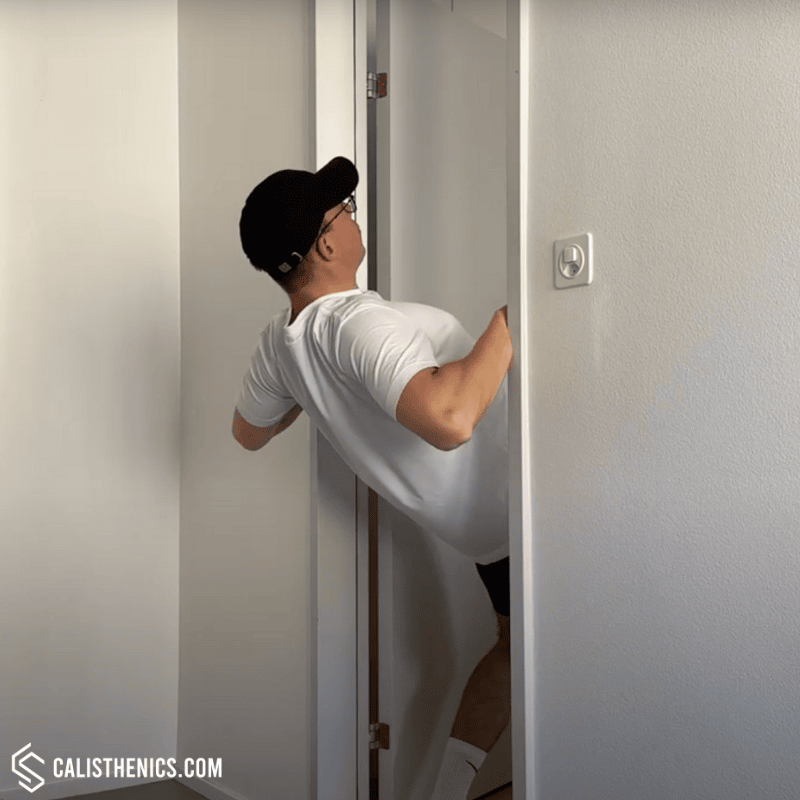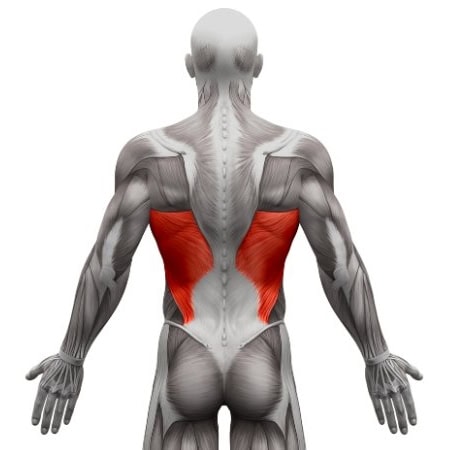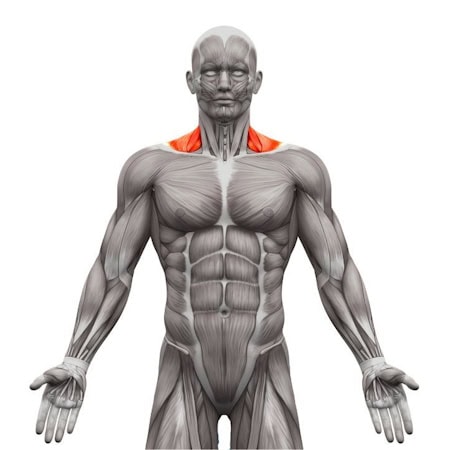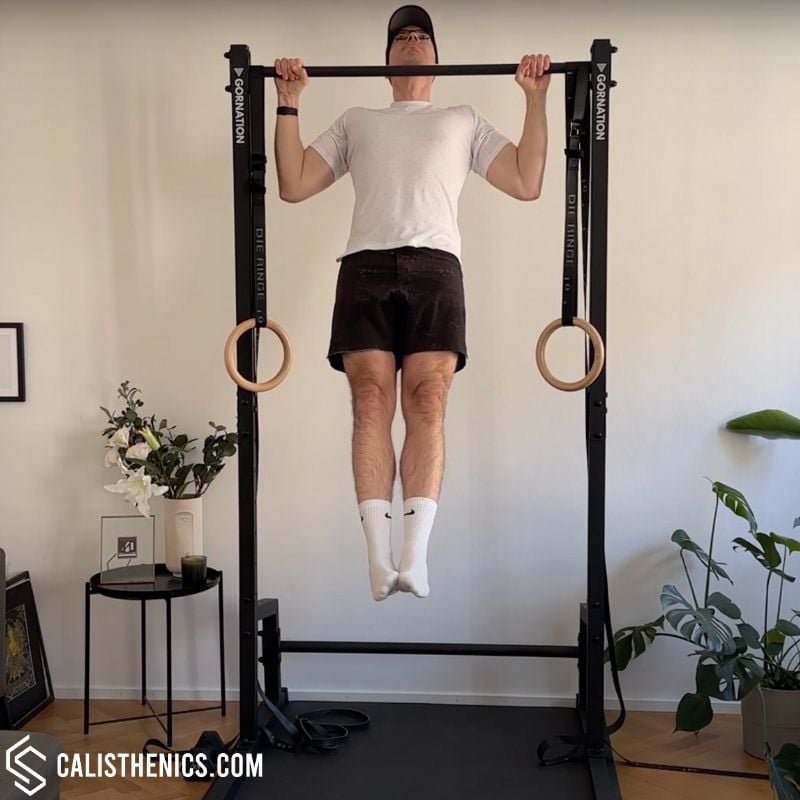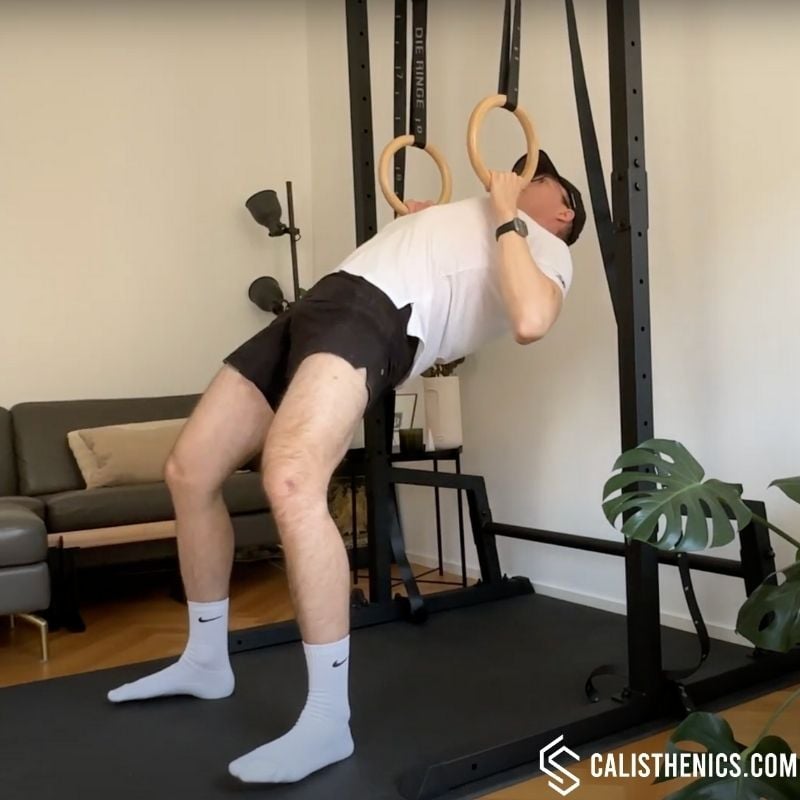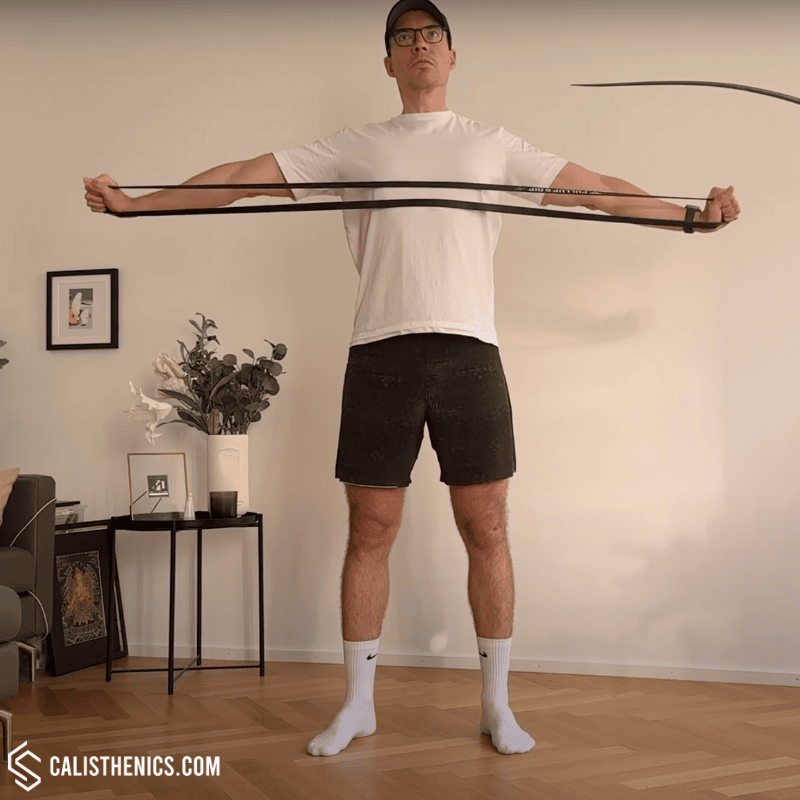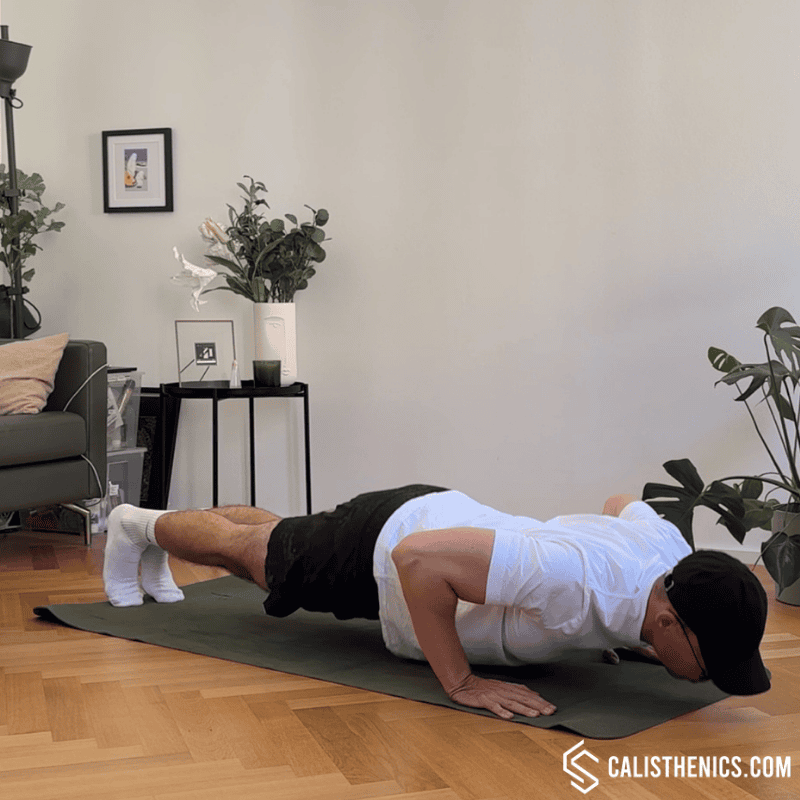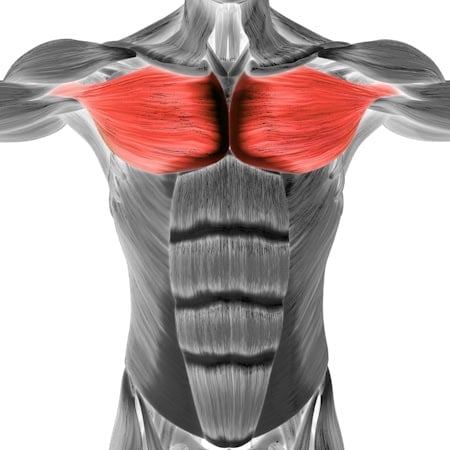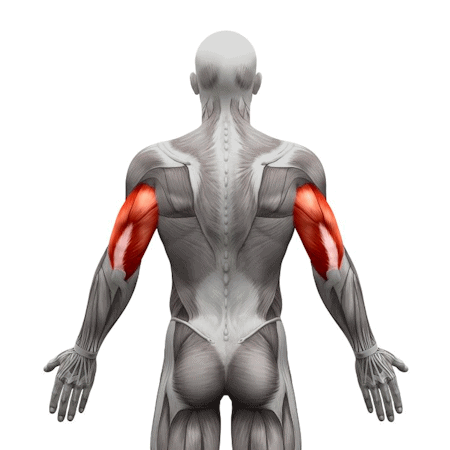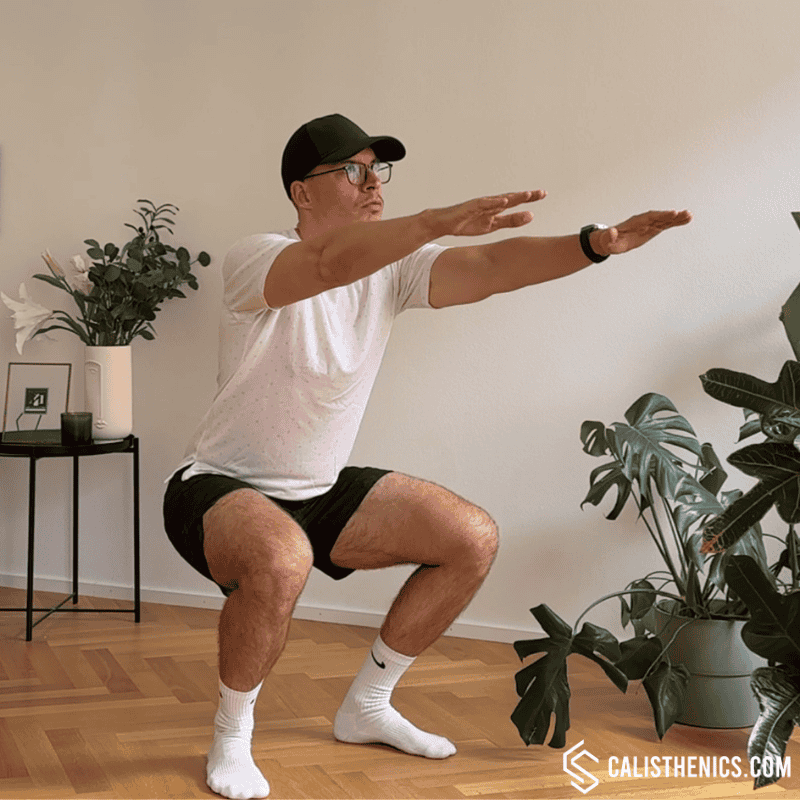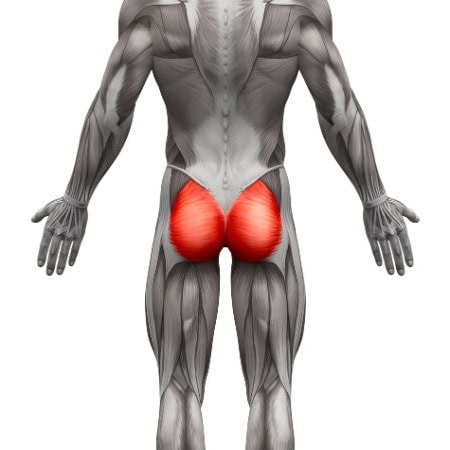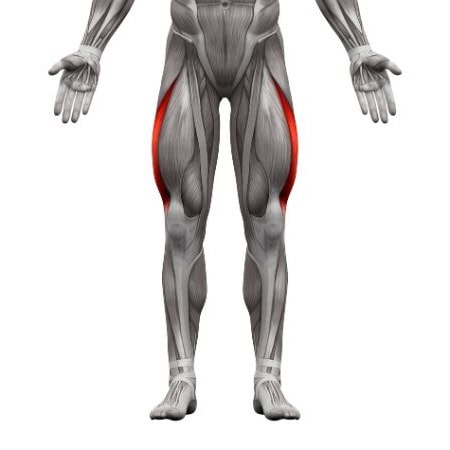🎯 Workout Description:
This session introduces slow eccentric (negative) movement to help you gain strength in the hardest part of the pull-up—the lowering phase. You’ll combine this with horizontal pulling and scapular-focused accessory work to round out your back development.
👤 Who It’s For:
Beginners ready to transition from assisted pulls to more bodyweight-focused control. You should be able to hang from a bar comfortably and perform some band or foot-assisted pull-ups.
🧰 Equipment Needed:
- Pull-up bar or sturdy doorway bar. Check our ▶️ guide to the best pull-up bars.
- Resistance band
Resistance Bands
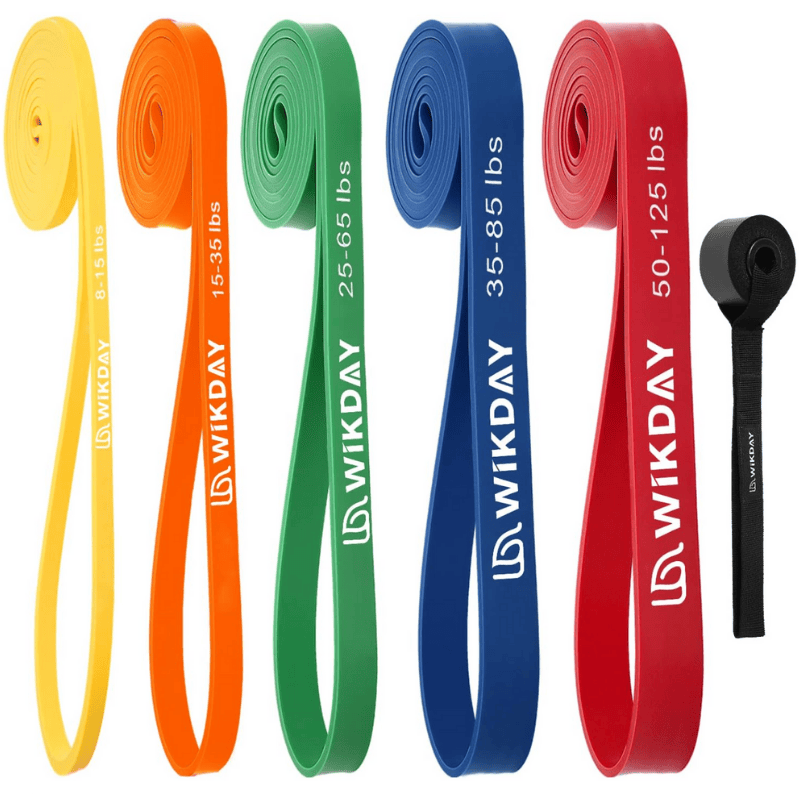
*alternative buying options:
👉 GORNATION (UK&Europe) 🇪🇺 🇬🇧 use code CS10 for 10% off
- High quality natural latex
- Multiple sizes: great for beginners and advanced
- Inlcudes a door anchor for standalone exercises
Warm-Up
Goal: Prepare your shoulders and scapulae for eccentric loading and grip demand.
Format: Circuit – 2 rounds, no rest between exercises or rounds
-
30 sec Bear Crawl
-
10x Scapula Rows (use gymnastics rings, low bar or resistance band)
-
10x Doorway or Pole Rows
This warm-up fires up your back and core while getting your body used to pulling from different angles.

No muscle groups found for this post.
Tips
-
Move slowly and deliberately to avoid sudden movements.
-
Keep circles smooth and controlled—avoid jerky motions.
-
Breathe steadily and deeply to maximize relaxation and blood flow.
-
Gradually increase the range of motion as your joints warm up.
-
Perform each movement for 15-20 seconds, or until joints feel loosened.
-
Customize your routine slightly based on the specific demands of your workout.
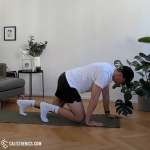
Muscle group:
Tips
-
Keep the Core Tight: Engage your core throughout the movement to prevent your hips from lifting or sagging.
-
Minimize Hip Movement: The goal is to keep your hips stable, avoiding excessive side-to-side motion. This helps maximize core engagement and balance.
-
Small Steps: Take smaller, controlled steps to improve balance and coordination while keeping the movement fluid.
-
Controlled Breathing: Breathe steadily as you crawl, exhaling as you move each hand and foot forward, and inhaling as you stabilize. Proper breathing helps maintain core stability.
-
Hand and Shoulder Alignment: Keep your hands under your shoulders and ensure each step forward is controlled to reduce strain on your wrists and shoulders.
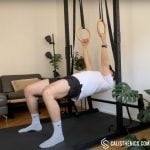
Muscle group:
Tips
-
Keep your body in a rigid plank position to maximize stability.
-
Engage your lats throughout the movement to maintain control.
-
Perform the exercise slowly, focusing on mind-muscle connection.
-
If you’re new to scapular control, practice hanging scapular retractions first.
-
Use controlled breathing to maintain core engagement and stability.
-
Keep your neck neutral—avoid tucking or craning it forward.
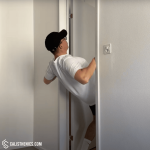
Tips
-
Core Engagement: Keep your core tight to support your spine and prevent any sagging or arching during the movement.
-
Squeeze Your Shoulder Blades: Focus on squeezing your shoulder blades together as you pull yourself toward the door frame. This helps target the upper back muscles more effectively.
-
Elbow Positioning: Keep your elbows close to your body during the rowing movement to avoid placing unnecessary strain on your shoulders.
-
Grip Strength: Ensure you have a firm grip on the door frame for stability. Use both hands evenly to maintain balance throughout the movement.
-
Breathing: Inhale as you extend your arms and lean back, and exhale as you pull your body toward the door frame. Proper breathing helps maintain control and power during the exercise.
Strength
Goal: Build strength through negatives, reinforce pulling pattern with rows, and protect shoulders with accessory work.
Structure:
-
Superset A (3 rounds): Perform A1 + A2, rest 90 sec
-
Set B (2 sets): Performed alone, rest 45 sec
🟦 Superset A:
-
A1: Negative Pull-Ups – 3–5 reps (3–5 sec lower)
-
A2: Bodyweight Rows with Bent Knees – 8–10 reps
→ Rest 90 sec after each round
🟩 Set B:
-
Resistance Band Pull-Aparts – 20 reps
→ Rest 45 sec between sets
Focus on control during the negatives. Step or jump to the top, then lower slowly. No fast drops—this is where the strength happens!
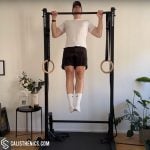
Tips
-
Start with a descent of 3-5 seconds, gradually increasing to 6-8 seconds as you gain strength.
-
Engage your core and glutes throughout the movement to stabilize your body.
-
Breathe steadily—inhale at the top and exhale slowly during the descent.
-
Use a slight pause at the bottom before stepping back up to reinforce control.
-
Experiment with grip variations (neutral grip may feel more comfortable for some athletes).
-
Train consistently—negative pull-ups should be performed 2-3 times per week for optimal progress.
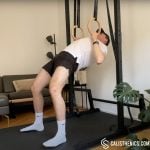
Tips
-
Brace your core throughout the movement to avoid unwanted torso movement.
-
Adjust the rings’ height to modify difficulty—lowering the rings increases challenge.
-
Use a slight pause at the top for better mind-muscle connection.
-
Focus on scapular movement by initiating the pull with your shoulder blades.
-
Keep your wrists in line with your forearms to avoid unnecessary strain.
-
Experiment with grip variations (neutral, overhand, underhand) to target different muscles.
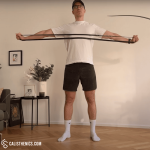
Tips
-
Squeeze Your Shoulder Blades: Focus on squeezing your shoulder blades together as you pull the band apart. This ensures that you engage the muscles of your upper back effectively.
-
Keep Arms Straight but Not Locked: Maintain straight arms during the movement, but avoid locking your elbows to protect your joints and maximize muscle engagement.
-
Core Engagement: Keep your core tight to prevent arching your back as you pull the band apart. A stable core helps maintain proper posture and prevents compensations.
-
Controlled Movement: Perform the movement slowly and with control, both when pulling the band apart and when returning to the starting position. Avoid jerking or using momentum.
-
Breathing: Exhale as you pull the band apart and inhale as you return to the starting position. Proper breathing helps maintain focus and control.
HIIT Finisher
Goal: Reinforce upright posture and core strength while building aerobic endurance.
Format: 5 rounds – EMOM (Every Minute on the Minute, for 10 minutes total)
-
Minute 1: 40 sec Push-Ups + 20 sec Squat Hold
-
Minute 2: Repeat
Keep your form tight. The squat hold forces you to brace and stay tall—mirroring the posture needed for clean pull-ups.
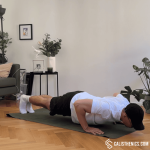
Muscle groups:
Tips
-
Body Alignment: Keep your body in a straight line from head to heels. Engage your core and glutes to prevent your hips from dropping or rising.
-
Hand Placement: Your hands should be positioned just outside of shoulder-width for optimal stability. Moving them closer or wider will target different muscles.
-
Elbow Positioning: Keep your elbows at about a 45-degree angle from your body, not flaring out too far to avoid shoulder strain.
-
Breathing: Inhale as you lower yourself, and exhale as you push back up. Controlled breathing improves strength and endurance.
-
Controlled Movements: Lower yourself slowly to build strength, then push back up with a smooth, steady motion.
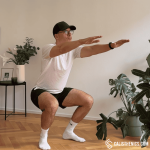
Tips
-
Maintain an Upright Posture: Keep your chest up and back straight during the entire hold. Avoid letting your lower back round, which can put strain on the spine.
-
Knee and Toe Alignment: Ensure that your knees track over your toes and do not collapse inward. Your knees should be at a 90-degree angle or slightly less.
-
Keep Your Heels Down: Ensure that your weight is distributed evenly across your feet, with your heels pressed firmly into the ground. You should be able to wiggle your toes slightly.
-
Engage Your Core: Tighten your abdominal muscles to help stabilize your lower back and maintain proper form throughout the hold.
-
Breathe Consistently: Don’t hold your breath! Breathe deeply and consistently to stay relaxed and focused.

